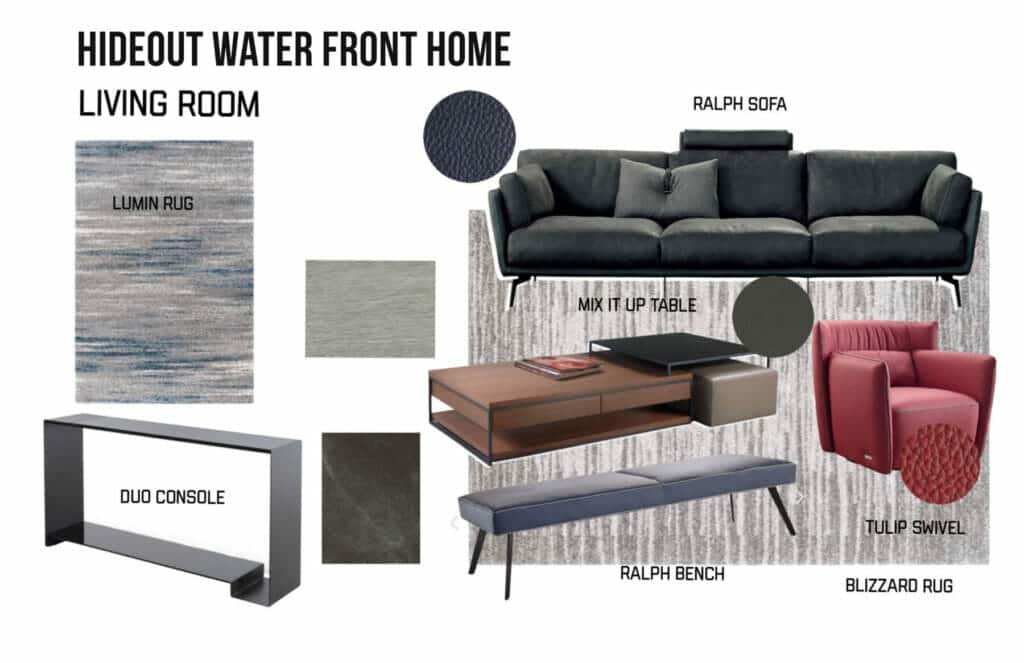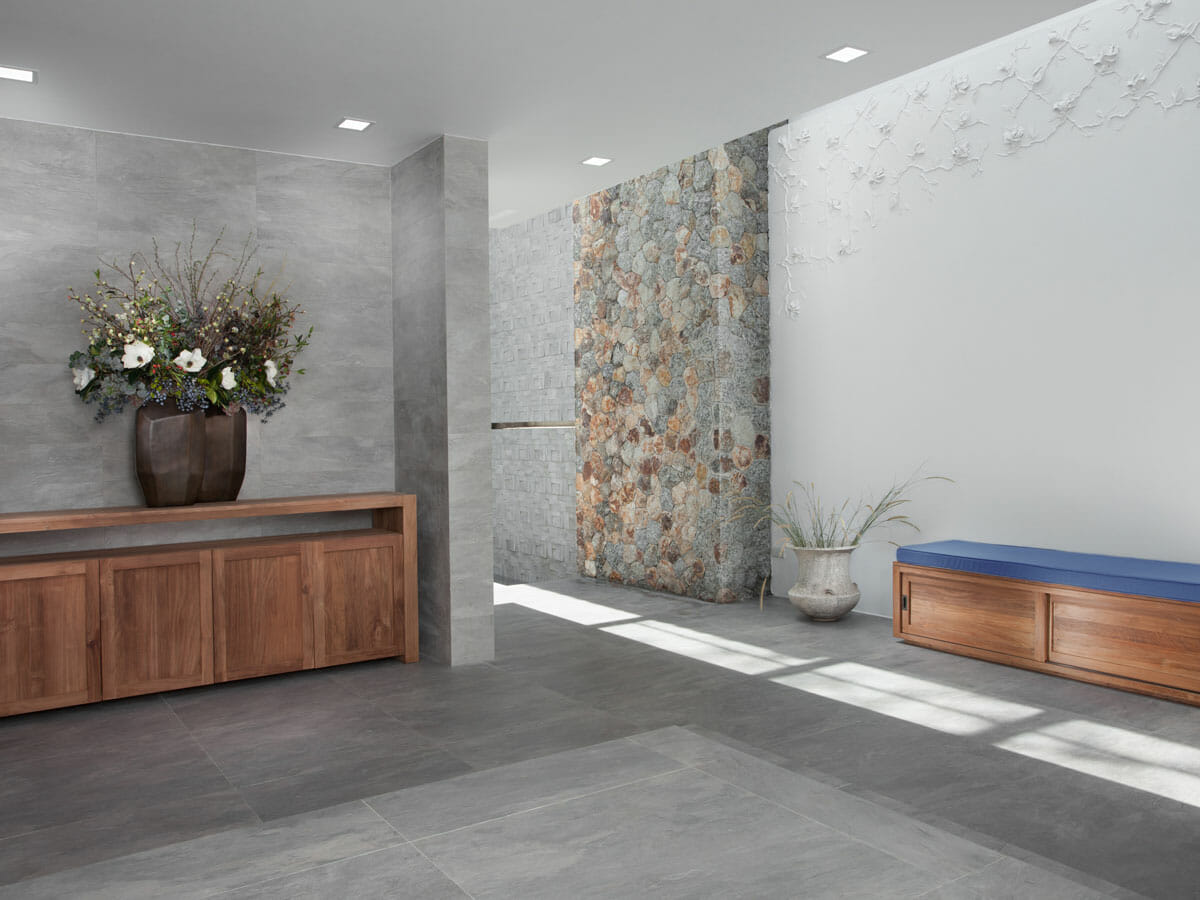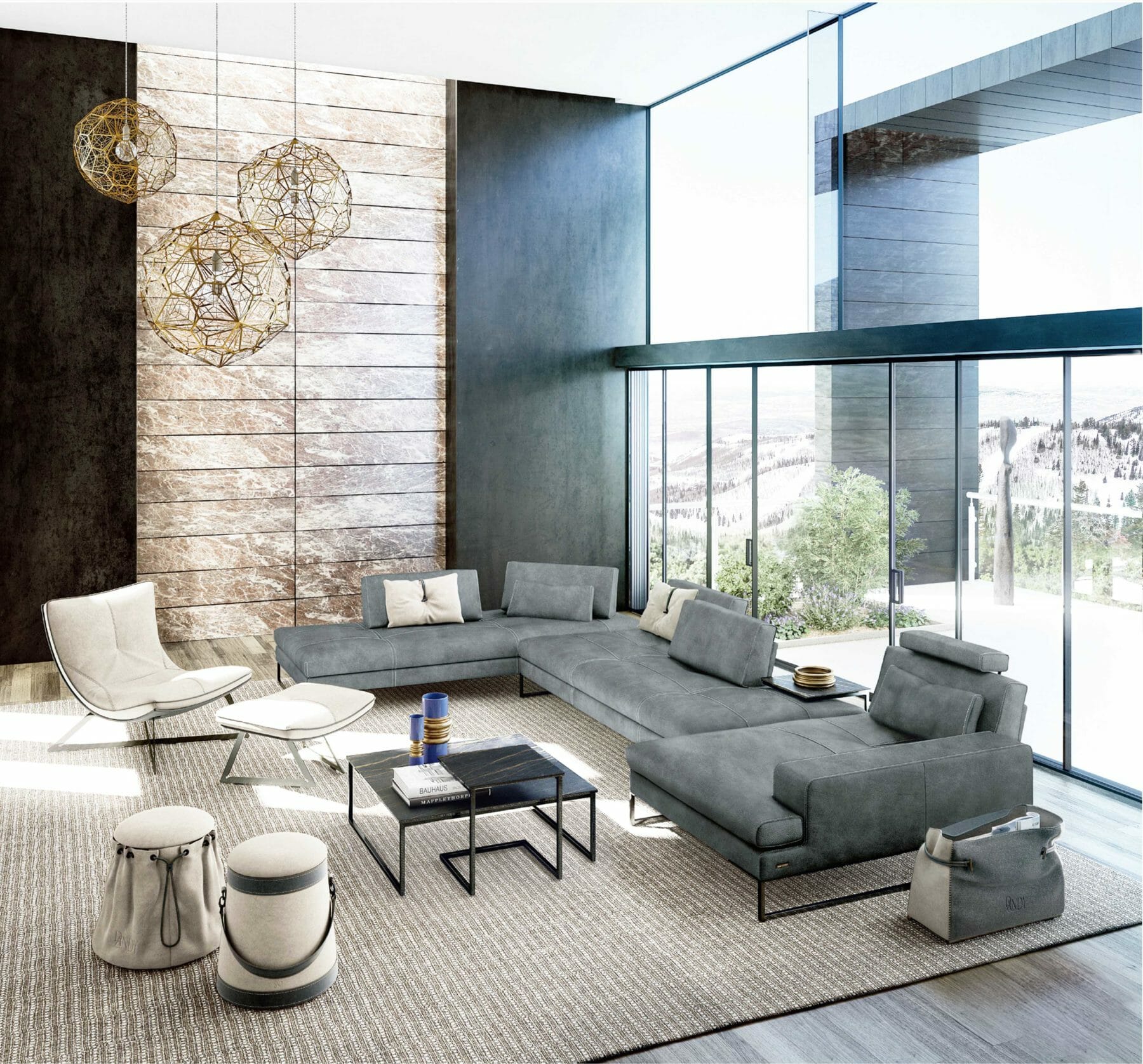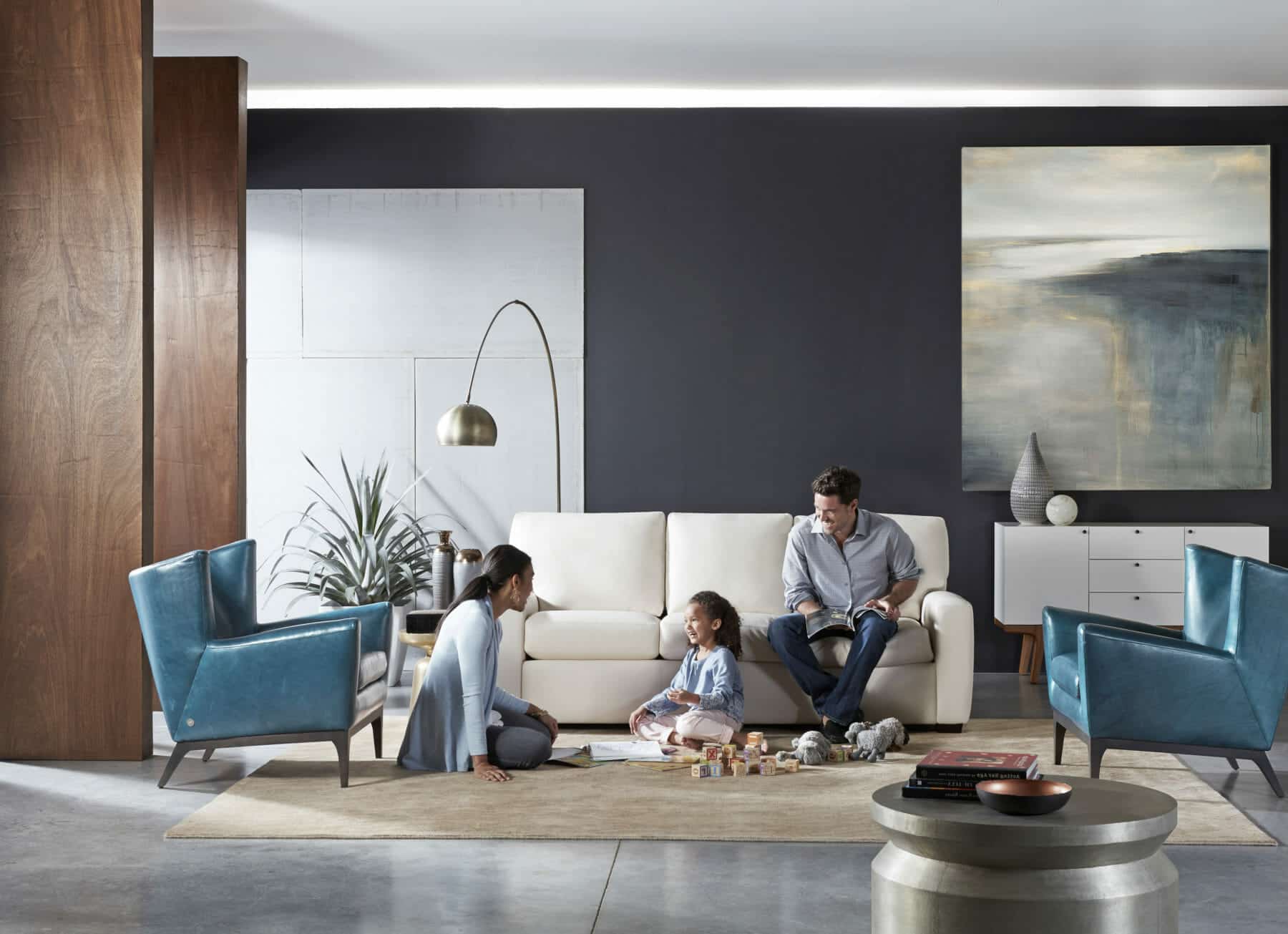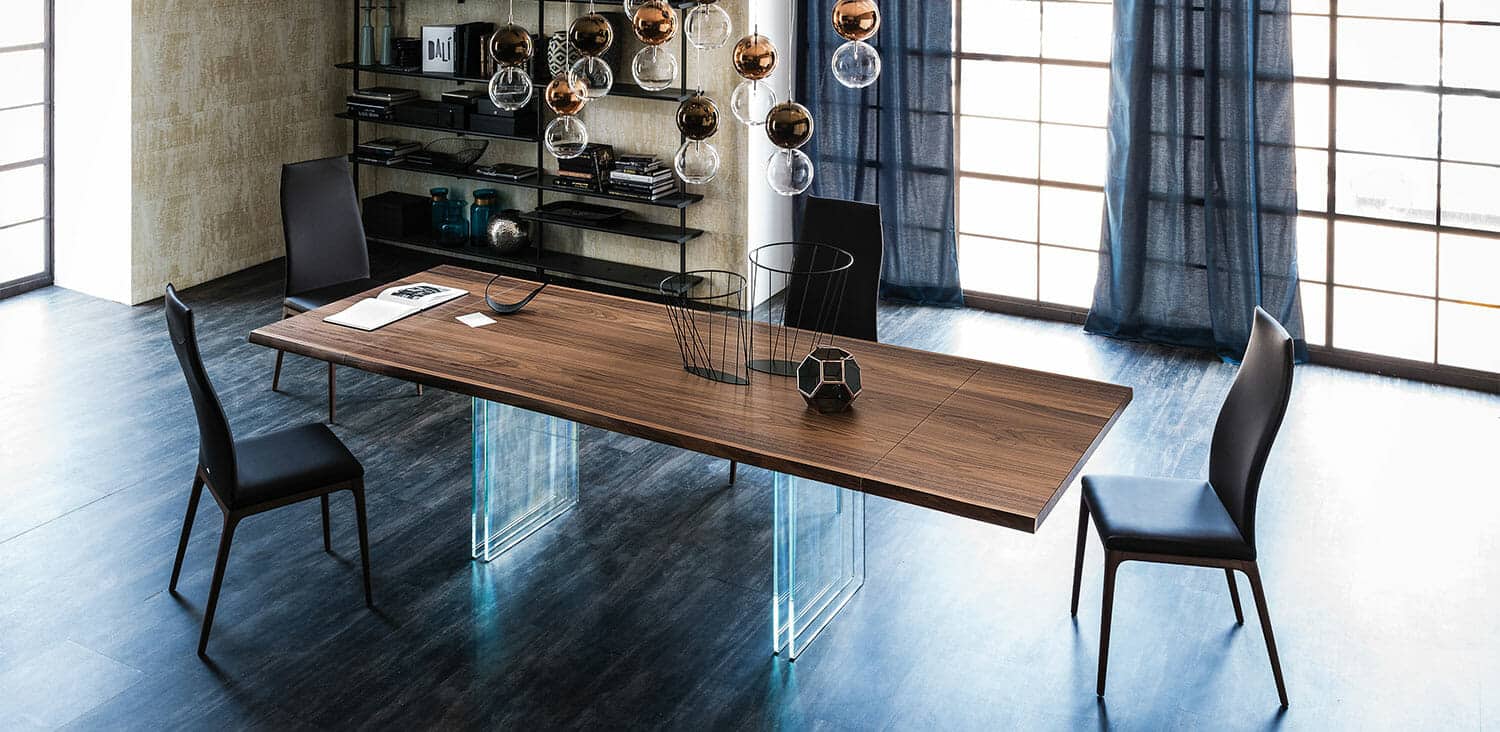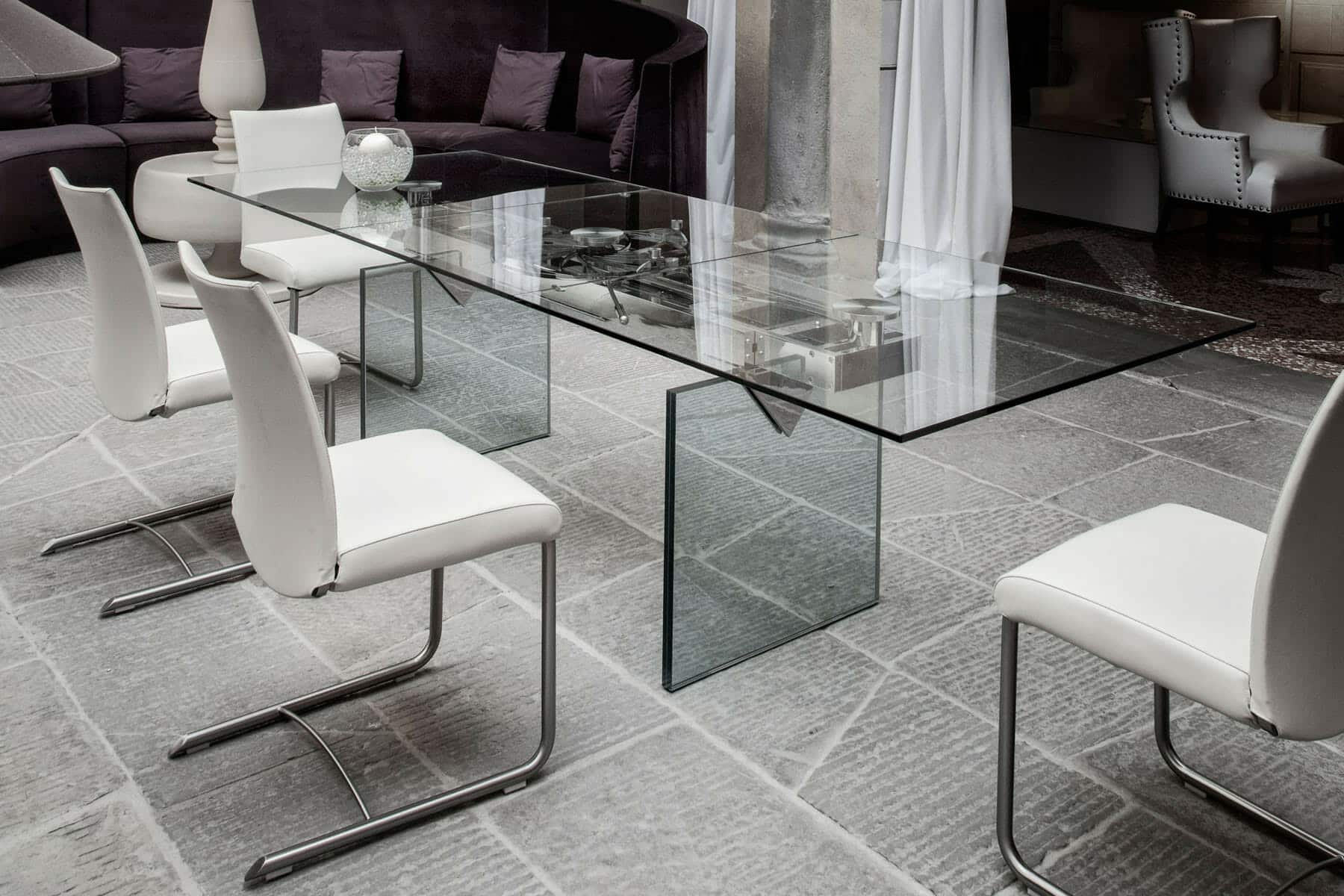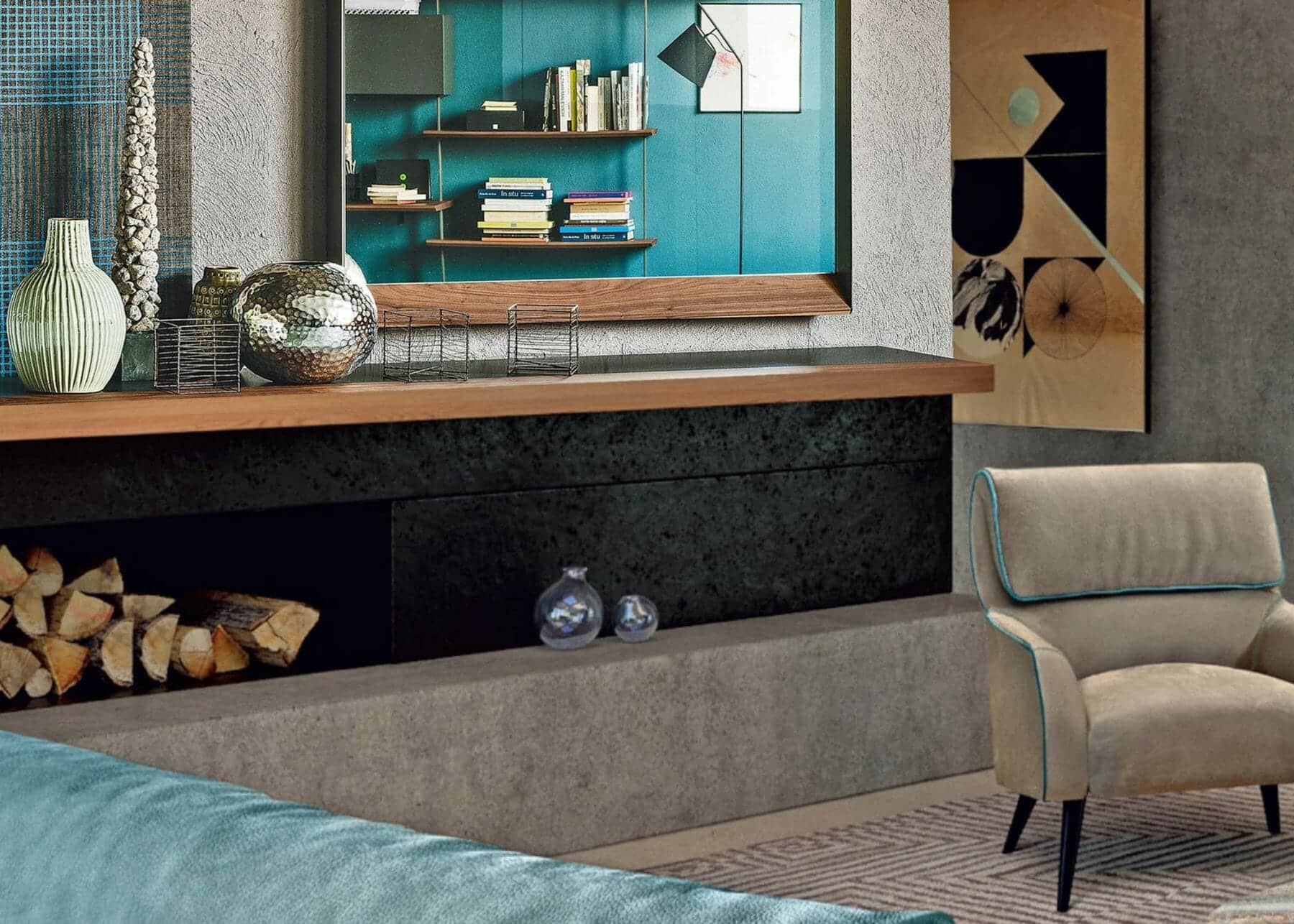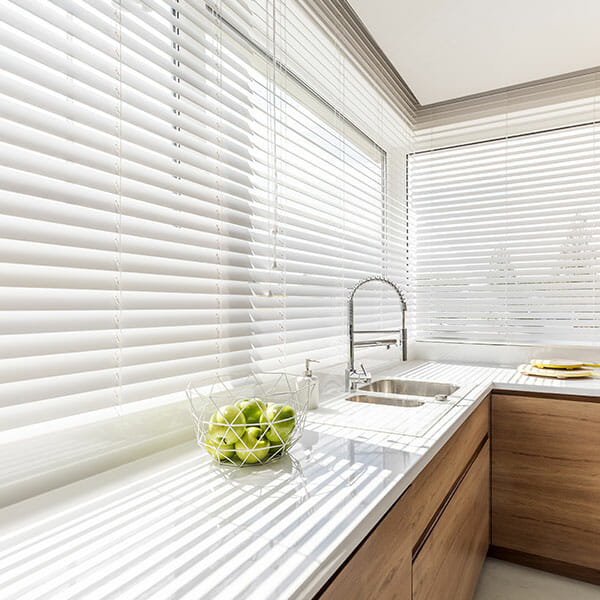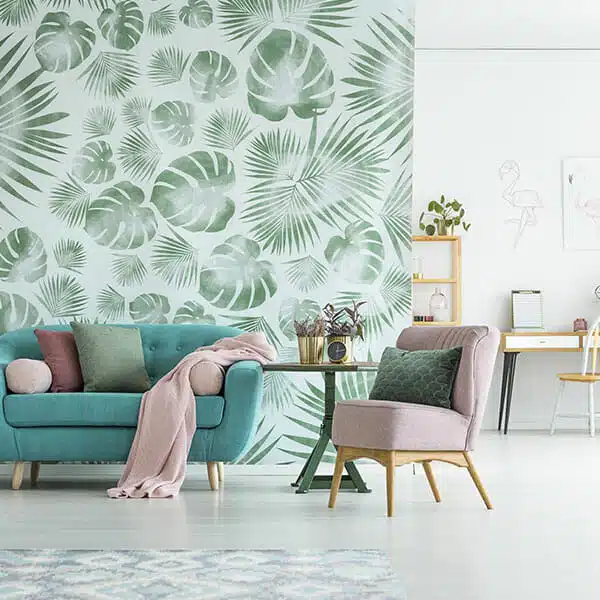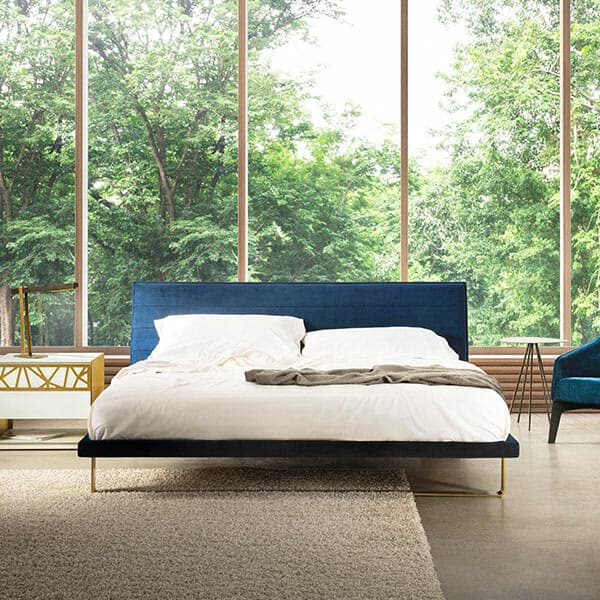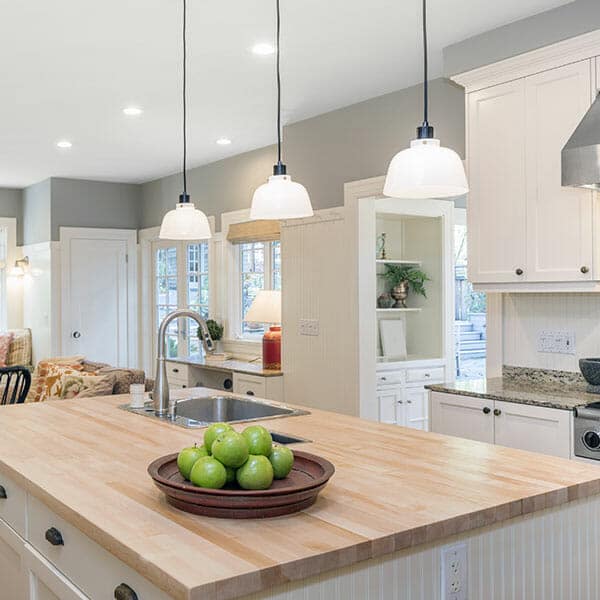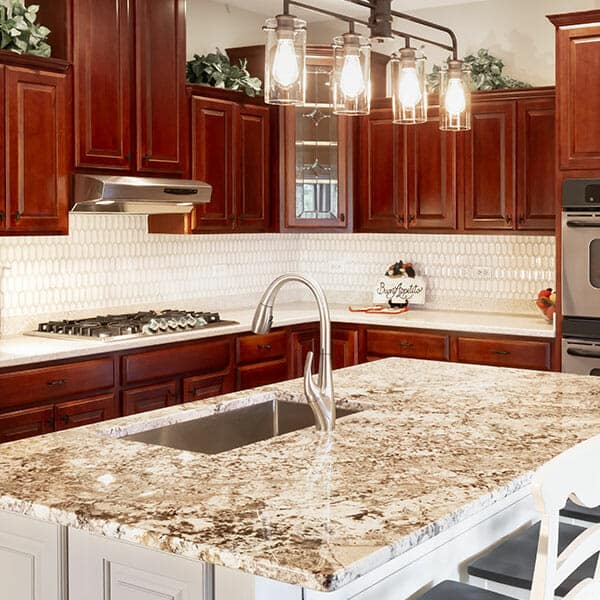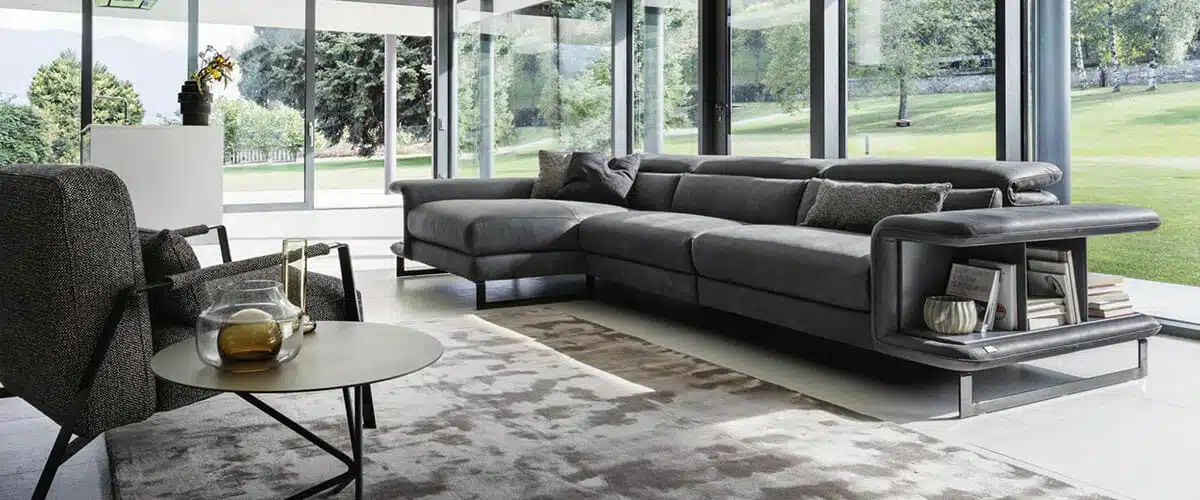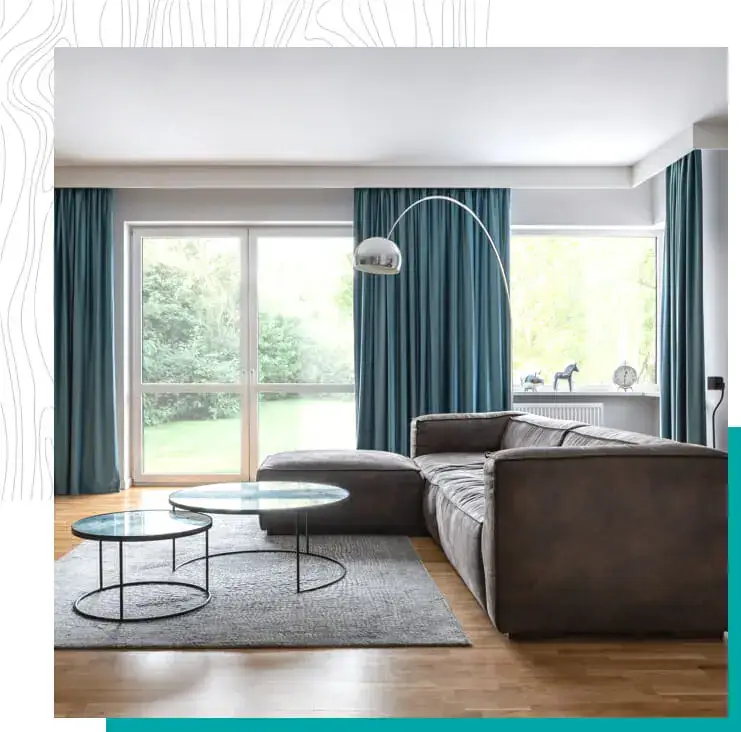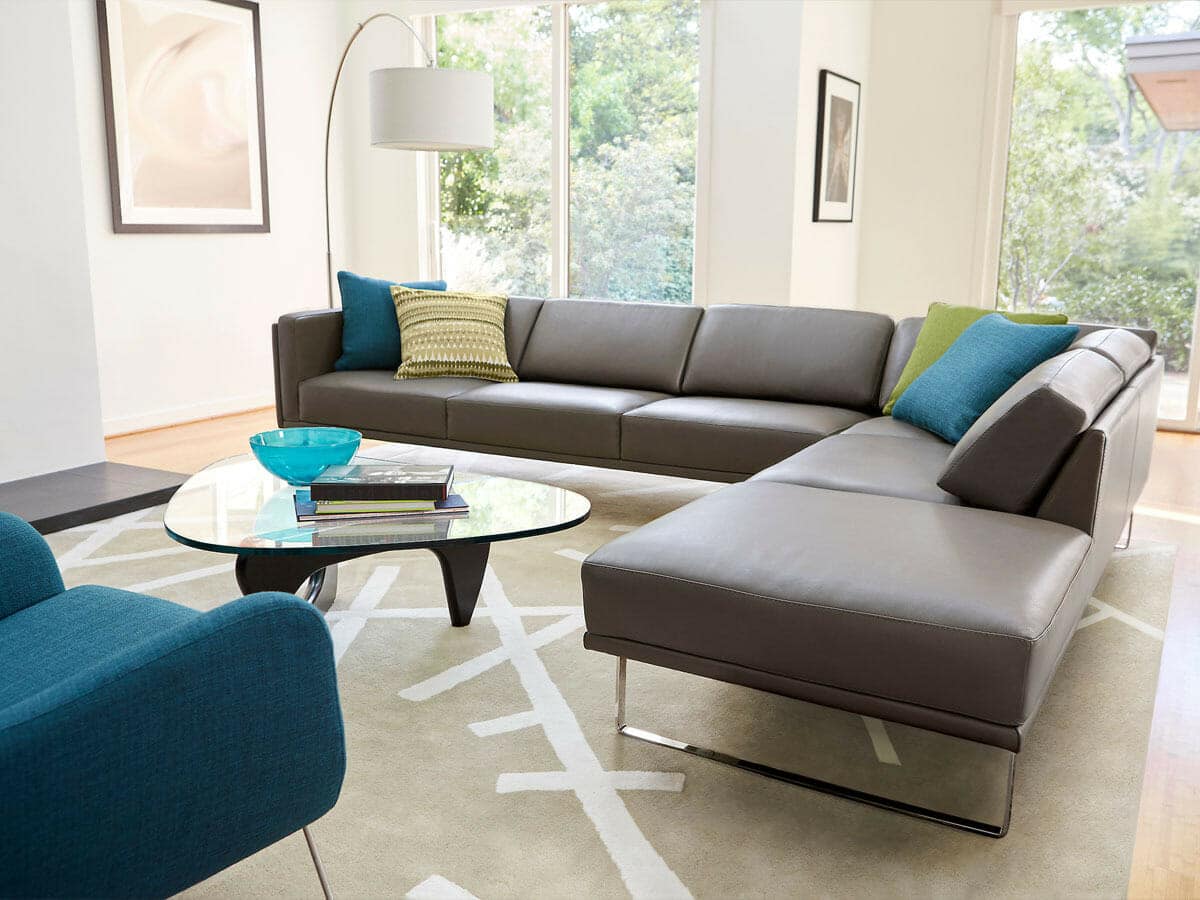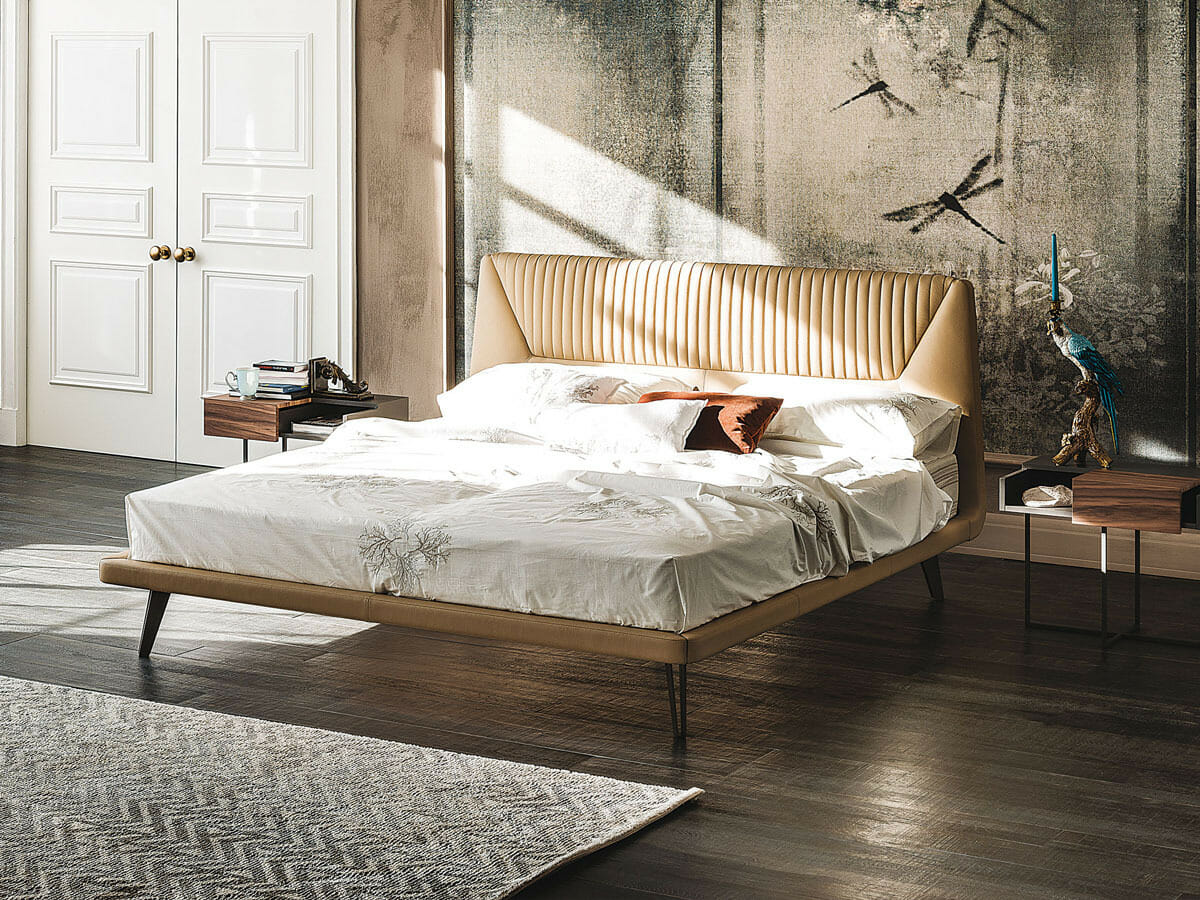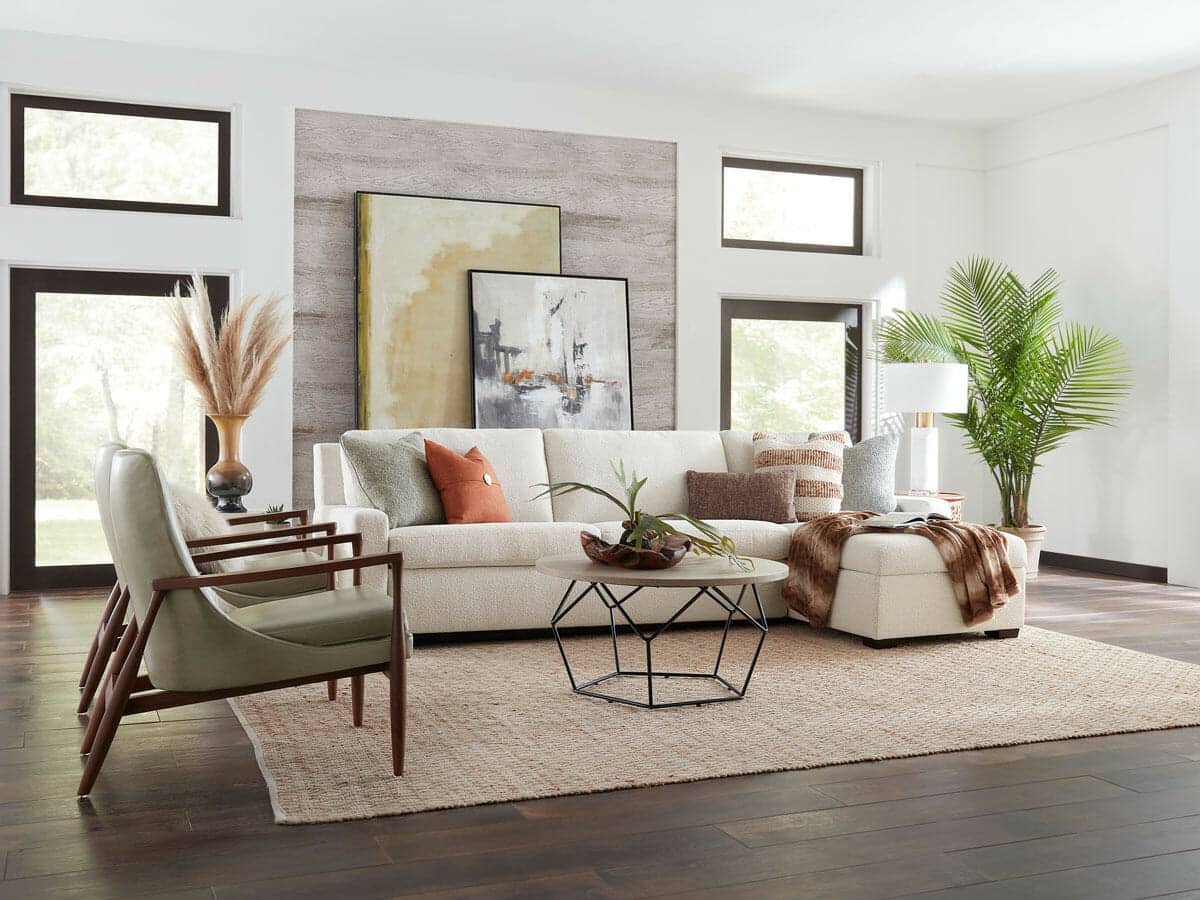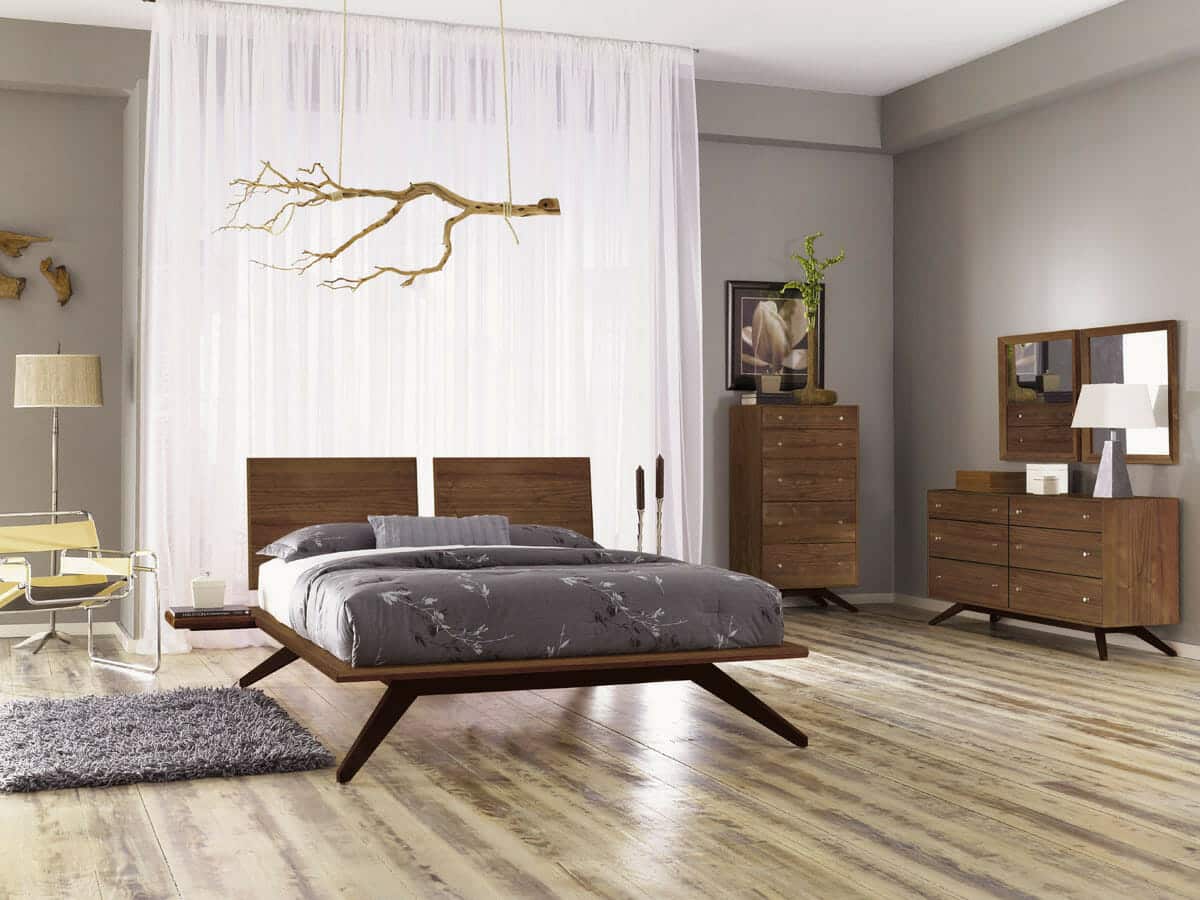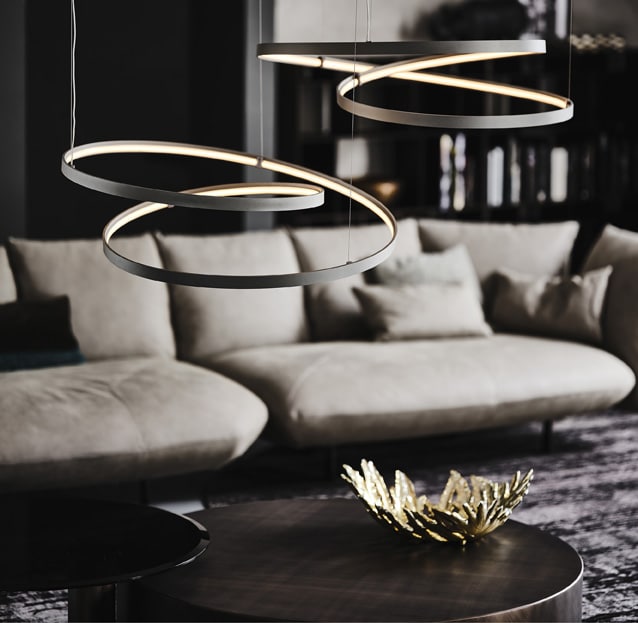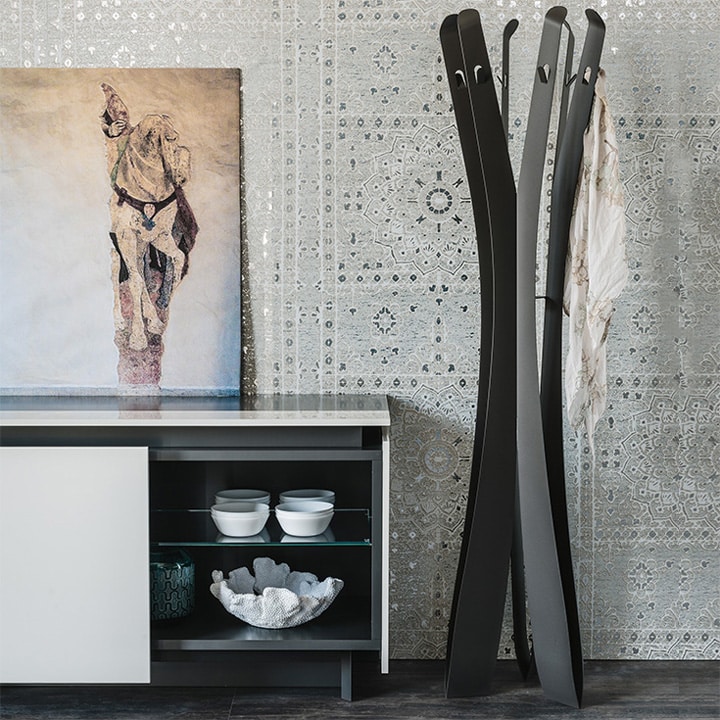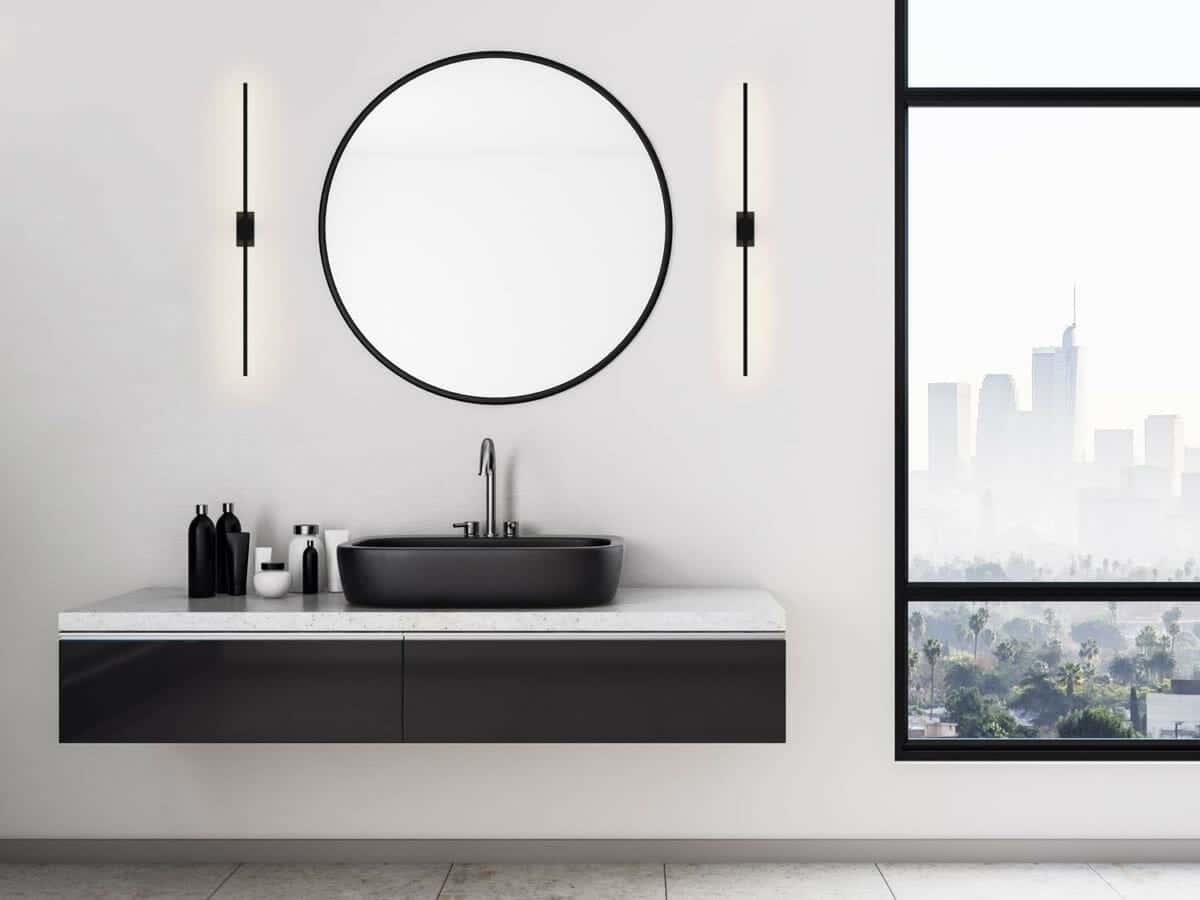In the world of interior design, certain styles stand the test of time and continue to captivate design enthusiasts decades after their origins. One such style is Mid-Century Modern (MCM) furniture. But what exactly is mid-century modern furniture, and why is it important to know its history?
Mid-century modern furniture originated in the mid-20th century, specifically between the 1940s and 1960s. It features clean lines, minimalistic designs, and a focus on functionality. Designers created this style to respond to the ornate and intricate designs of the previous era, offering a fresh approach emphasizing simplicity and elegance. The post-World War II era marked a desire for renewal and innovation. The design principles developed for MCM reflected this mindset.
MCM remains a popular choice for both designers and homeowners alike. Its timeless aesthetic and versatile design make it a perfect fit for various interior styles. Mid-century modern furniture can seamlessly blend into any space, whether you prefer a more traditional look or a contemporary approach.
To incorporate this style into your home, check out San Fran Design’s collection of contemporary home furnishings.
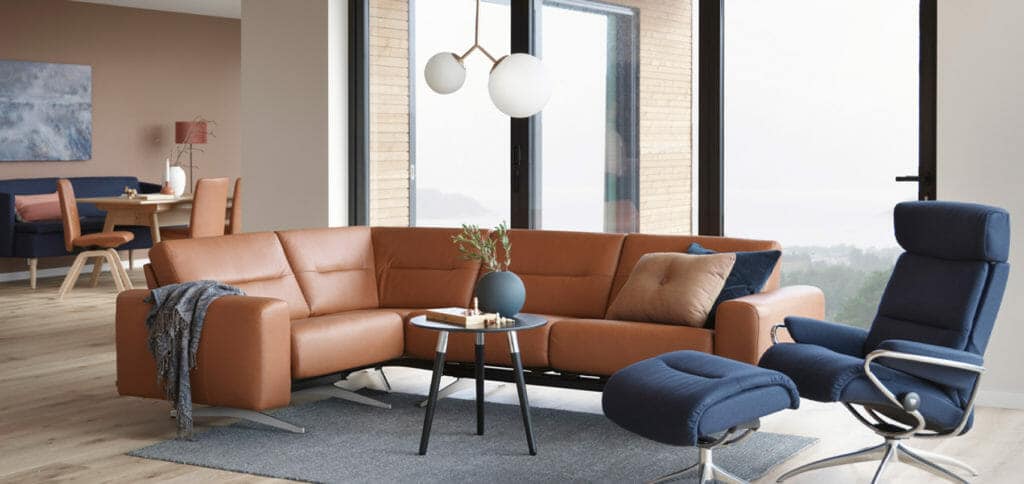
Key Features of Mid-Century Modern Furniture
One of mid-century modern furniture’s most defining features is its simple and clean designs. This style strongly emphasizes functionality, with form following closely behind. The clean lines and geometric shapes prominent in MCM pieces create a sleek and sophisticated look.
Mid-century modern furniture often utilizes natural wood, leather, and metal materials. These materials add warmth and texture to a space while also contributing to the overall durability and longevity of the furniture. By incorporating natural elements, MCM pieces bring a sense of the outdoors inside, creating a harmonious and inviting atmosphere.
Designers carefully craft each piece to look beautiful and serve a practical purpose. This marriage of aesthetics and functionality sets MCM furniture apart, making it a beloved choice for worldwide design enthusiasts.
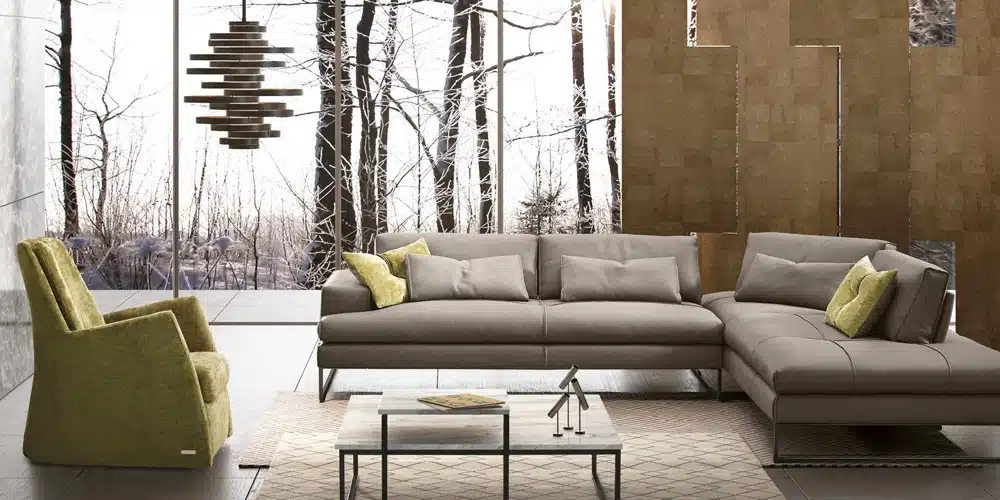
Timelessness of Mid-Century Modern Design
The enduring popularity of MCM design comes from its clean lines, simple designs, and iconic elements. These features continue to resonate with people of all ages and preferences. Fans of classic elegance and contemporary minimalism can find something to like about what mid-century modern design offers.
Mid-century modern design has profoundly impacted contemporary design trends, influencing everything from furniture to architecture to fashion. Its emphasis on simplicity, functionality, and elegance has inspired countless designers to create their own interpretations of this iconic style. Today, you can see these design elements in various products, from lighting fixtures to textiles to accessories.
Throughout the decades, MCM furniture has remained a relevant and popular choice for contemporary lifestyles. Its clean and uncluttered aesthetic aligns well with the current trend towards minimalism and simplicity in interior design. Additionally, the functionality and versatility of MCM furniture make it a practical choice for today’s busy and dynamic lifestyles.
Update your office space with modern furniture styles. Explore San Fran Design’s selection of modern office furniture styles.
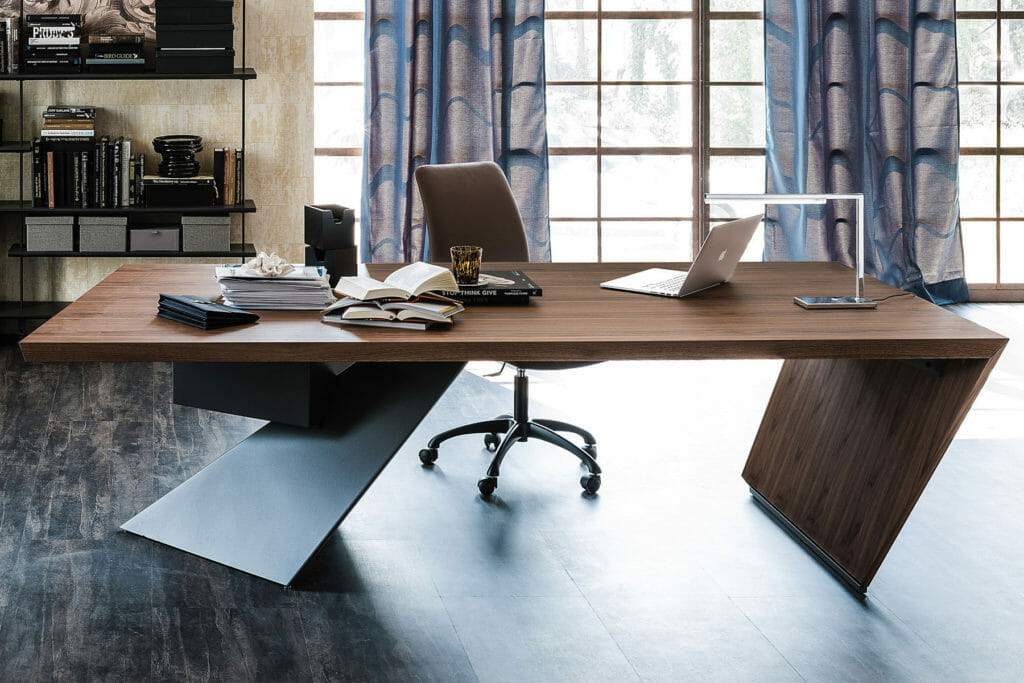
Mid-Century Modern Revival
Classic interior design styles are back, and MCM furniture plays a significant role in this revival.
This design style has seen a remarkable resurgence in recent years, becoming a staple in current interior design trends. From living rooms to dining rooms and everything in between, you can find mid-century modern furniture pieces in homes, offices, and public spaces alike. It has become a go-to choice for those looking to infuse their spaces with a touch of retro charm and timeless elegance. The clean, simple lines of MCM furniture make it versatile and easy to incorporate into a variety of design styles. This versatility makes it a favorite among interior designers and homeowners alike.
In addition to its popularity in interior design, mid-century modern furniture frequently appears in mainstream media and culture. From TV shows, movies, and magazines to social media platforms, MCM pieces often indicate sophistication and style. Celebrities, influencers, and tastemakers have all embraced the MCM trend, further solidifying its place in contemporary design and lifestyle.
Read more about classic interior design trends.
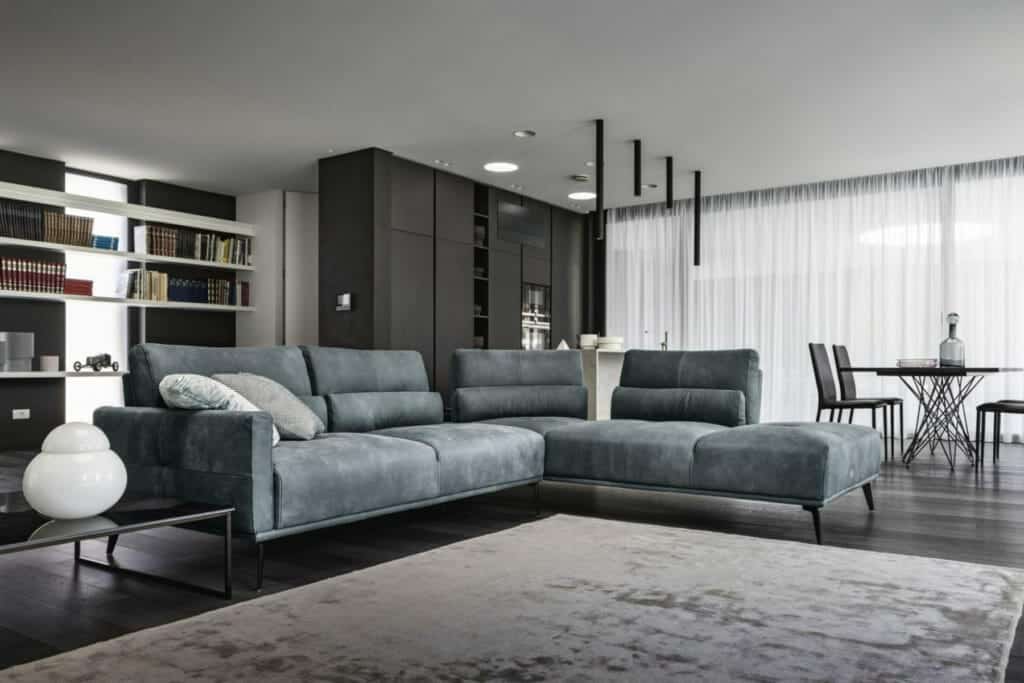
Eco-Friendly Appeal
Mid-century modern furniture aligns well with sustainable design principles, making it a popular choice for eco-conscious consumers. Many MCM furniture manufacturers use natural materials such as wood, leather, and metal, which are renewable, biodegradable, and environmentally friendly. People can enhance their spaces’ style by choosing mid-century modern furniture and reducing their carbon footprint by supporting responsible production practices.
Natural materials used in mid-century modern furniture design include teak, walnut, oak, leather, and metal. These materials are ideal for eco-friendly furniture because of their durability, beauty, and sustainability.
The eco-friendly appeal of mid-century modern makes people increasingly interested in sustainable design. In a world where environmental consciousness has become more critical than ever, consumers seek furniture that looks good and does good for the planet. By investing in these pieces, they can enjoy beautiful, well-crafted furniture while positively impacting the environment.
What Influences Our Style Preferences?
Culture plays a significant role in shaping style at any given time. Design trends, including mid-century modern furniture, come back in cycles, reflecting society’s changing tastes and preferences. While some styles may fall out of favor, they often resurface as part of a nostalgic revival or a renewed appreciation for their design aesthetic.
Personal taste also plays a crucial factor in determining how we decorate our spaces. While following trends can be fun and inspiring, choose pieces that resonate with your style and personality. Embrace a love for mid-century modern furniture, a fondness for minimalist decor, or a passion for eclectic design. Whatever you choose, your home should reflect you and what you love.
Check out our furniture style guide to help make the best style choices for your space.
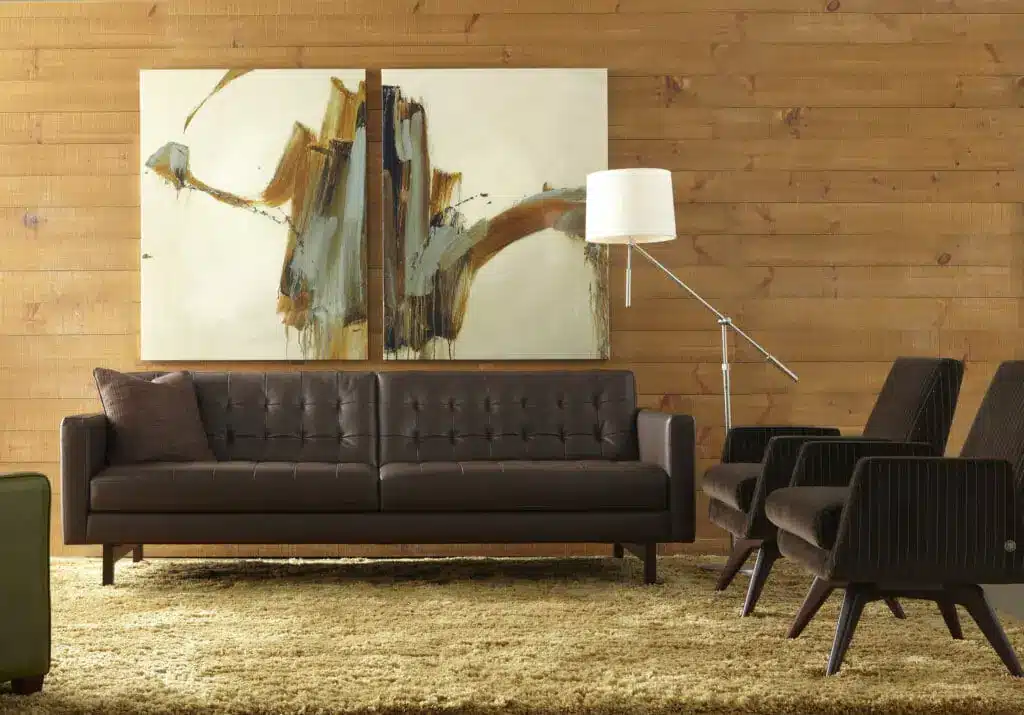
Mid-Century Modern Challenges
While mid-century modern furniture maintains its durability and longevity, restoring these vintage pieces still presents challenges. The natural materials used in MCM furniture, such as wood and leather, can suffer damage from wear and tear over time. Proper care and maintenance help ensure that your MCM pieces remain in pristine condition for years to come.
As mid-century modern furniture continues to gain popularity, it may become overexposed and ubiquitous in the design world. Mix and match MCM pieces with other styles and influences to avoid falling into the trap of cookie-cutter decor. Adding your own personal touches and unique decor elements can create a truly one-of-a-kind space that reflects your style.
Expert Opinions and Stories
At San Francisco Design, our interior designers sincerely appreciate MCM furniture and its enduring appeal. They often incorporate MCM pieces into their design projects, blending the past with the present to create unique and stylish spaces. Homeowners and design enthusiasts continue to appreciate the beauty and craftsmanship of MCM furniture, making it a sought-after choice for those looking to elevate their interiors.
Professionals in the design industry also acknowledge the lasting appeal of mid-century modern furniture. Its organic shapes,and timeless elegance make it a staple in contemporary design, appealing to various tastes and preferences. From iconic designs to modern interpretations, MCM furniture continues to inspire and delight those who seek quality, style, and sophistication in their decor.
Mid-Century Modern Style Endures
This design style continues to captivate the hearts of design enthusiasts around the world. Its timeless aesthetic and iconic pieces have left a lasting impact on the design world, inspiring countless designers and homeowners to incorporate MCM elements into their spaces. Mid-century modern furniture’s enduring appeal and versatile nature make it a popular choice for a wide range of interior styles and lifestyles. As we look towards the future, people will continue to love and cherish MCM furniture for generations.
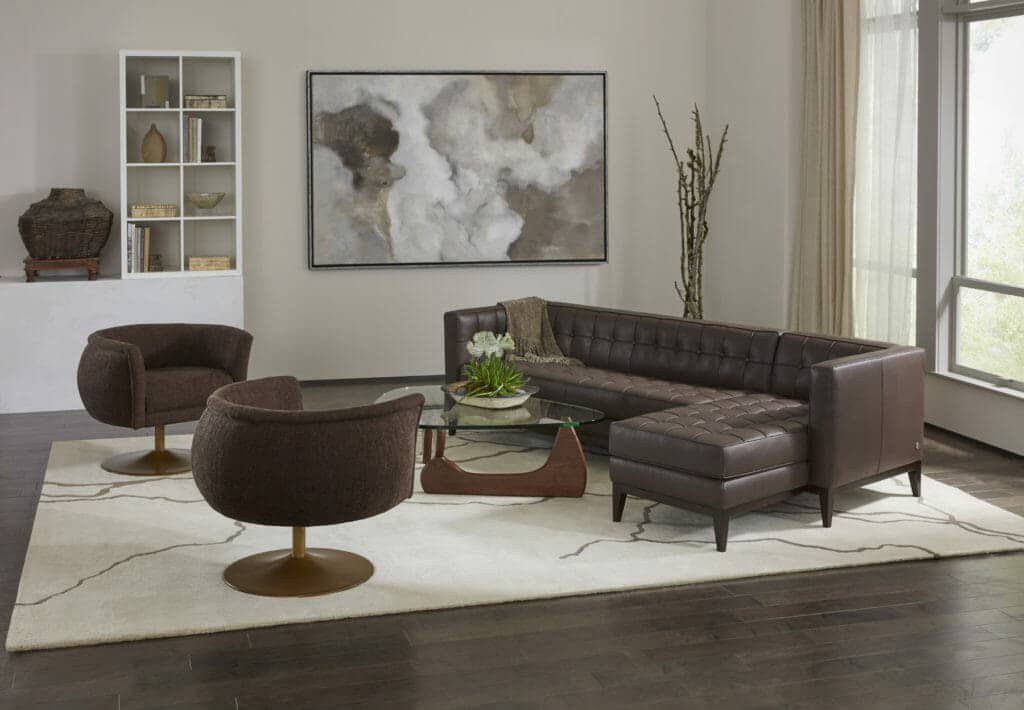
Where to Learn More
Explore Our Mid-Century Modern Collection Today!
Incorporate MCM elements into your home when you browse and shop San Fran Design’s collection of mid-century modern furniture in Utah. From sofas to sleeper sofas to sectionals to coffee tables, we have everything you need to create a stylish and inviting space that reflects your style.
For further exploration of design trends visit our Park City furniture store or our Salt Lake City furniture store. You’ll discover a curated selection of MCM pieces that will elevate your home with style and sophistication.
Get a Free Design Consultation
We offer a complimentary design consultation for people interested in incorporating mid-century modern elements into their living spaces but who still need to figure out where to start. Our interior design services can help you bring your vision to life, create a space that stuns guests, and perform its designed function flawlessly. Update your living room, office, or bedroom. Our team of experienced designers can help. Schedule your free design consultation today.
Follow Us for Daily Design Inspiration
Follow San Francisco Design on social media for daily doses of design inspiration and MCM decor ideas that will elevate your space with style and sophistication.



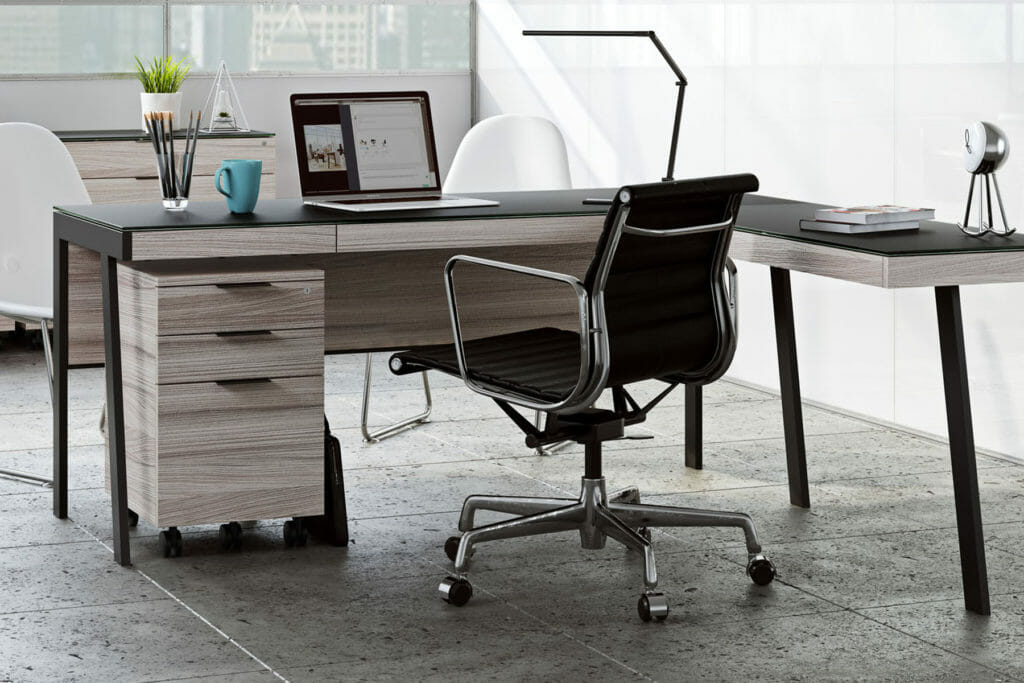








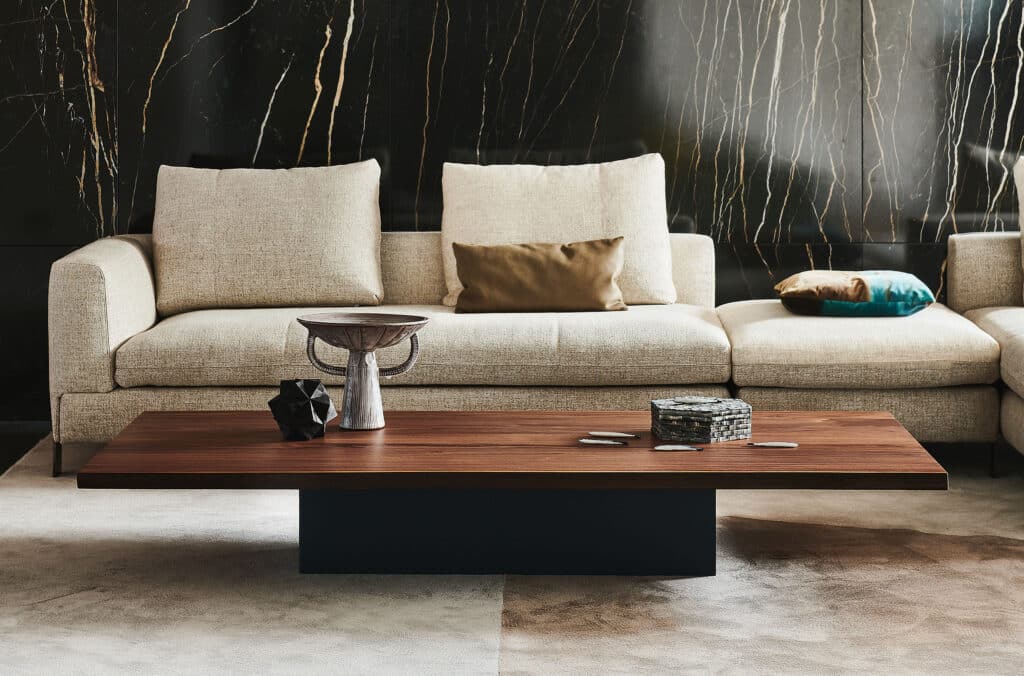
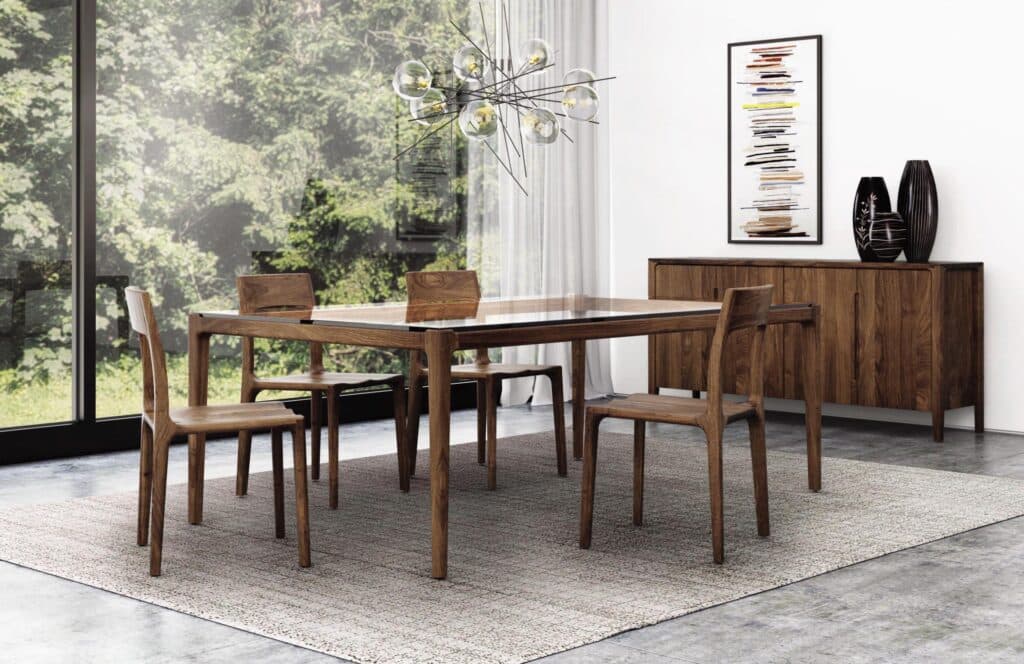 Achieving a Cohesive Vision
Achieving a Cohesive Vision
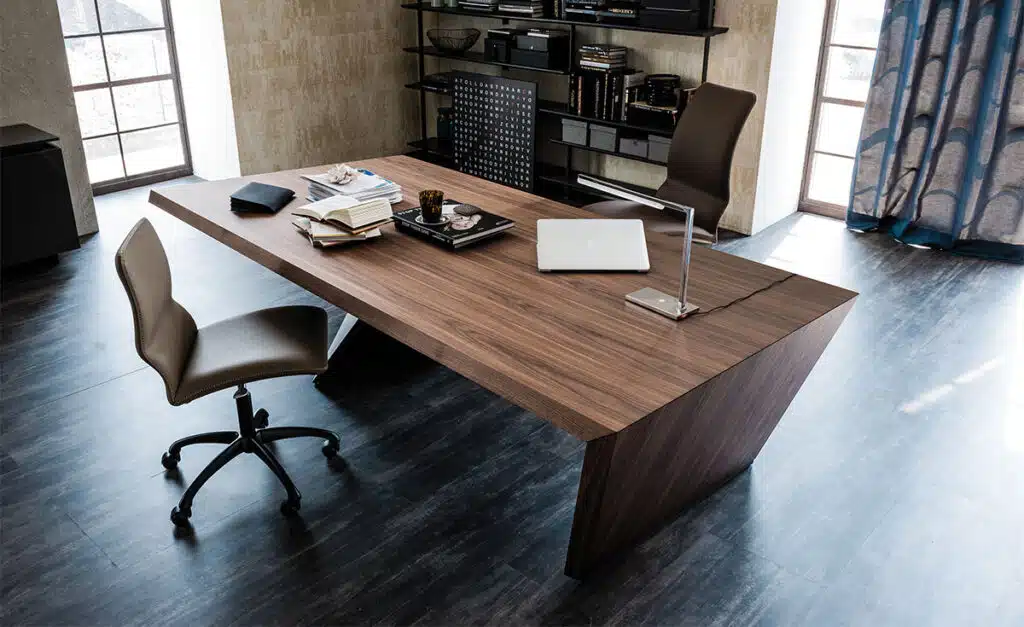



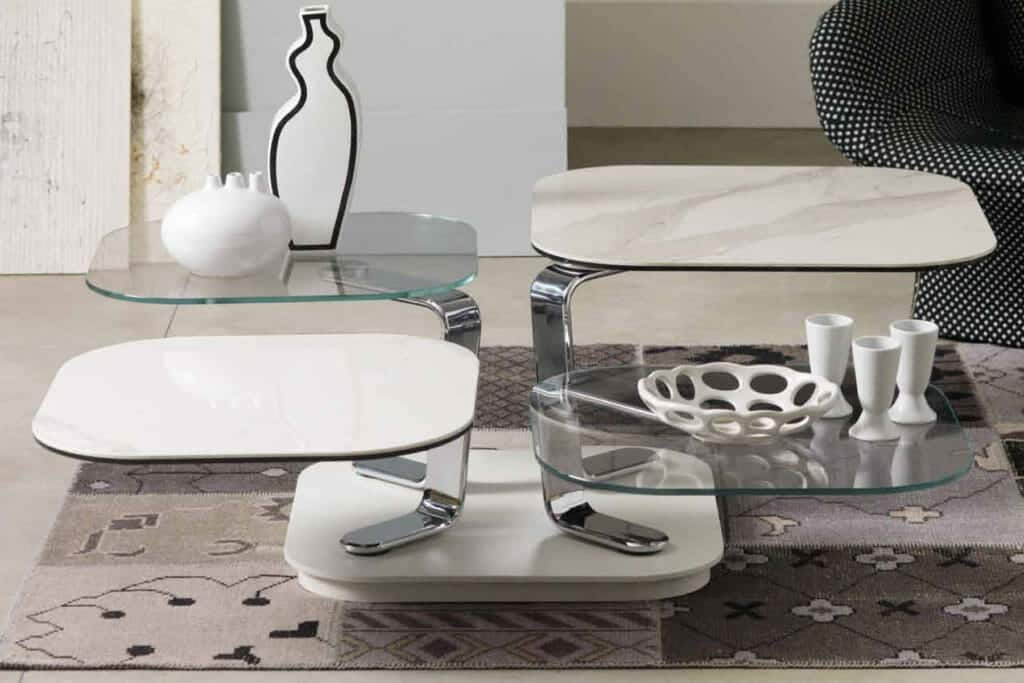

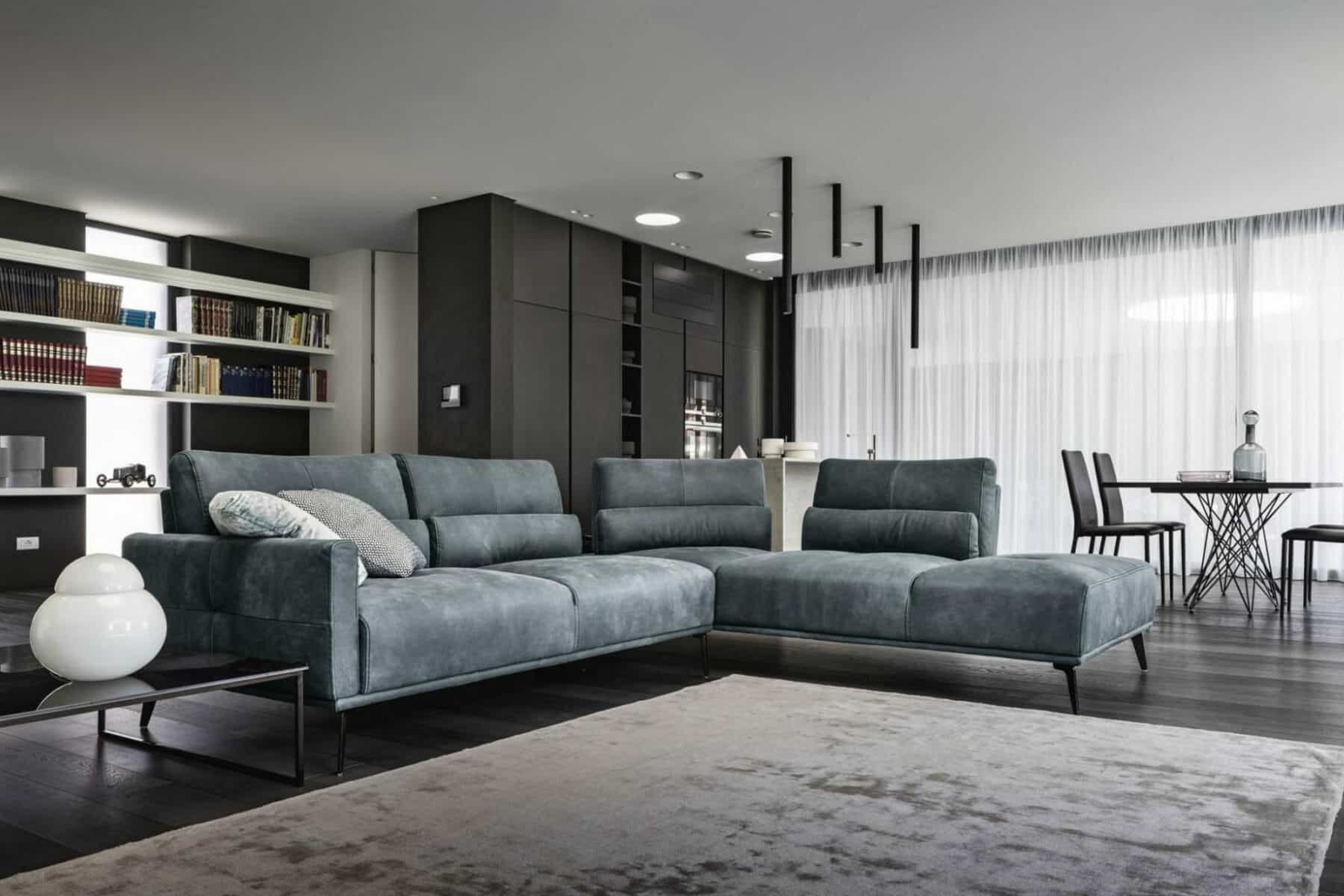
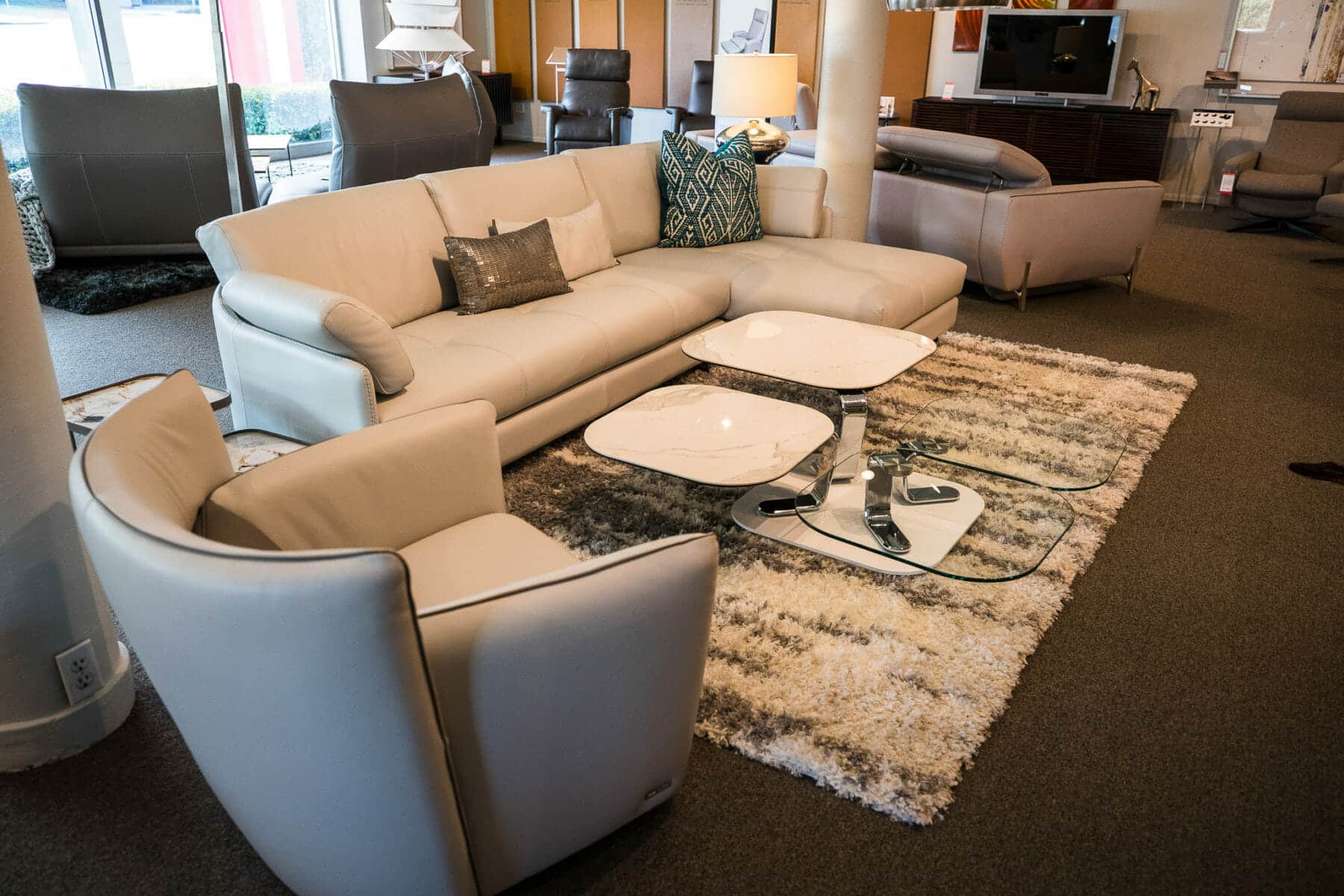
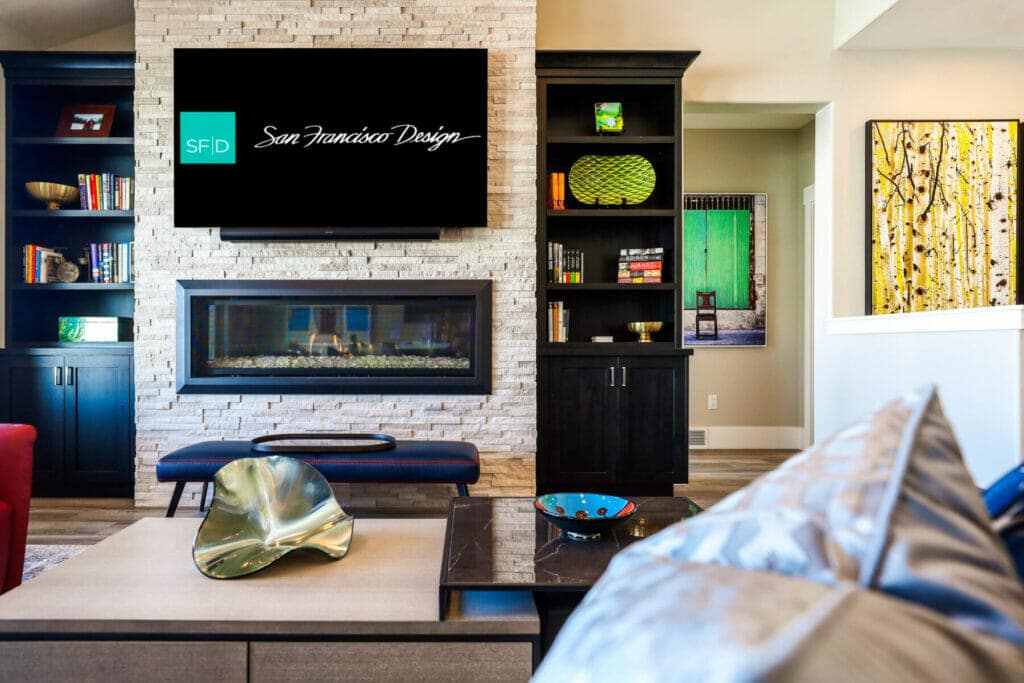
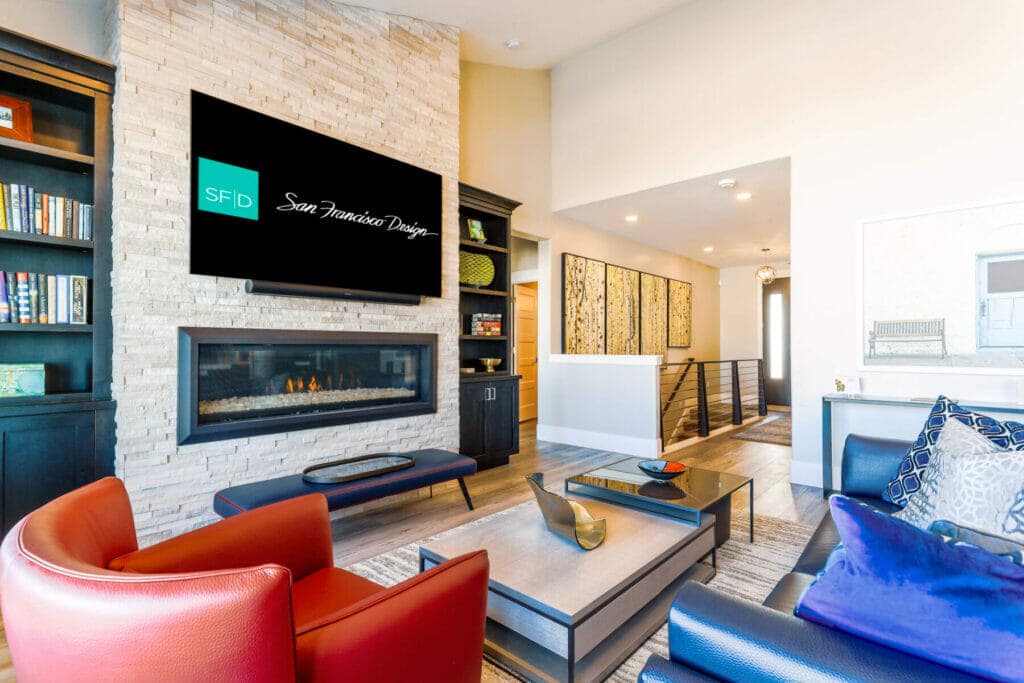
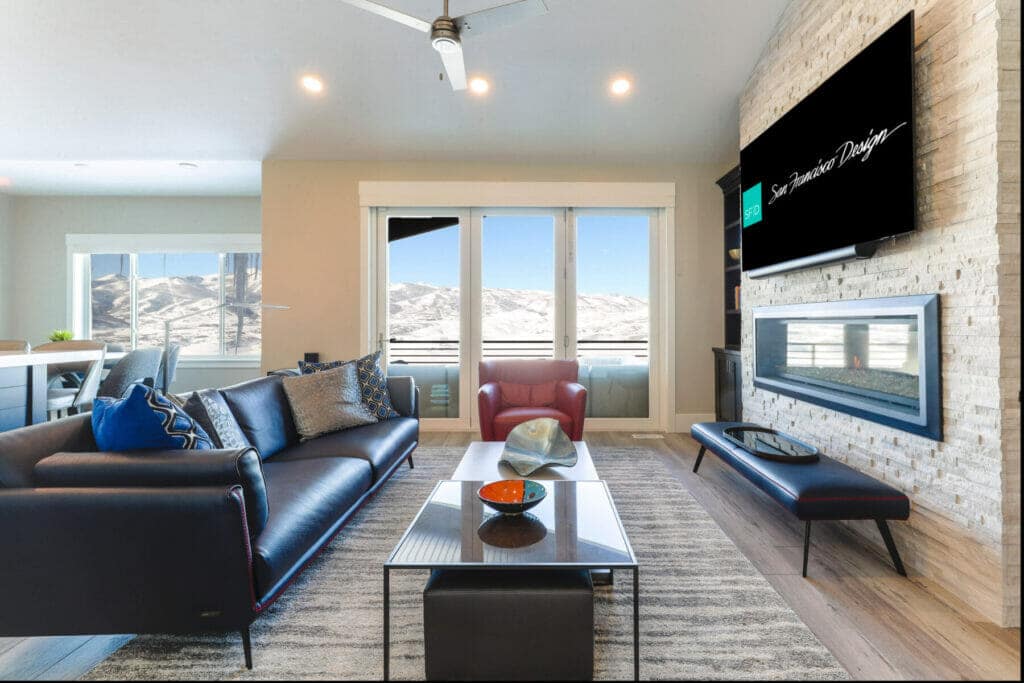 As a blend of traditional and modern styles, transitional is an increasingly popular style that effortlessly blends a mix of old and new styles. Combining mid-century modern furniture with transitional interior design is a cinch because of its focus on integrating furniture from different periods. To create a transitional look in your living room, try incorporating a modern mid-century armchair, lamp, or coffee table.
As a blend of traditional and modern styles, transitional is an increasingly popular style that effortlessly blends a mix of old and new styles. Combining mid-century modern furniture with transitional interior design is a cinch because of its focus on integrating furniture from different periods. To create a transitional look in your living room, try incorporating a modern mid-century armchair, lamp, or coffee table.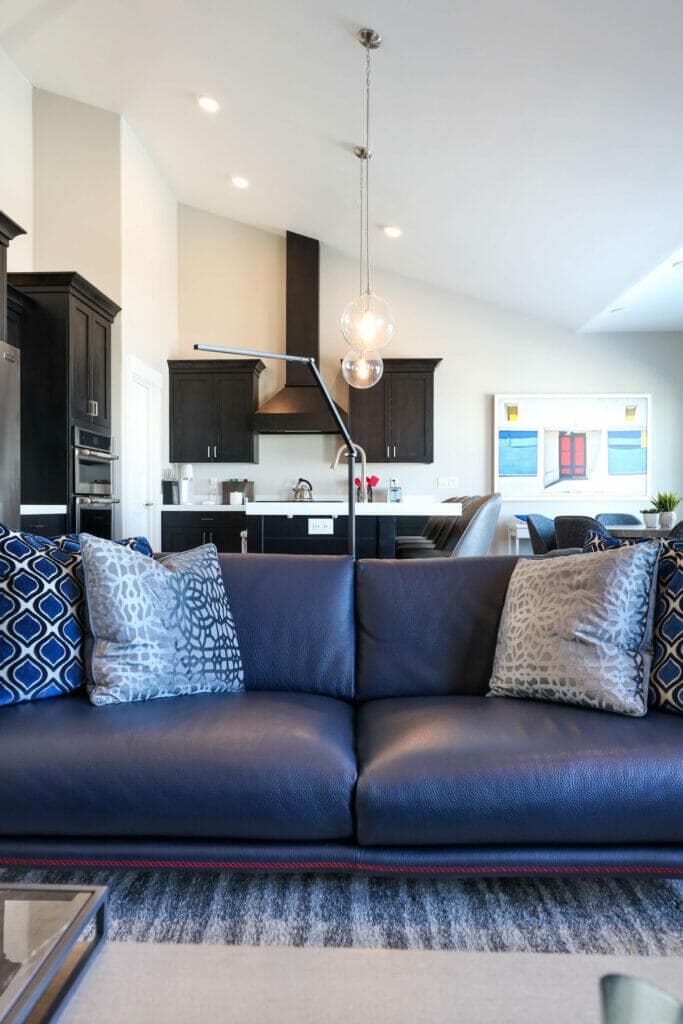 While not always easy to define, contemporary style features design styles that are currently popular. In other words, it is constantly evolving. Today’s contemporary design features neutral colors, minimalism, and curved lines. Incorporating mid-century modern into today’s
While not always easy to define, contemporary style features design styles that are currently popular. In other words, it is constantly evolving. Today’s contemporary design features neutral colors, minimalism, and curved lines. Incorporating mid-century modern into today’s 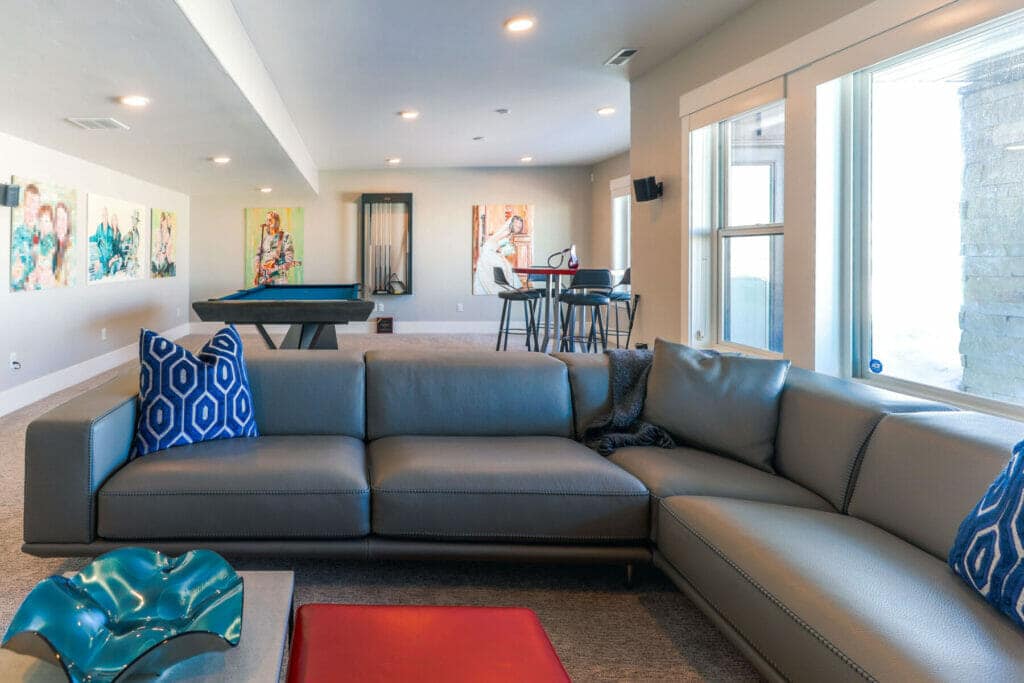 The lack of structure and carefree mix of texture, patterns, and color defines the bohemian style. In the
The lack of structure and carefree mix of texture, patterns, and color defines the bohemian style. In the 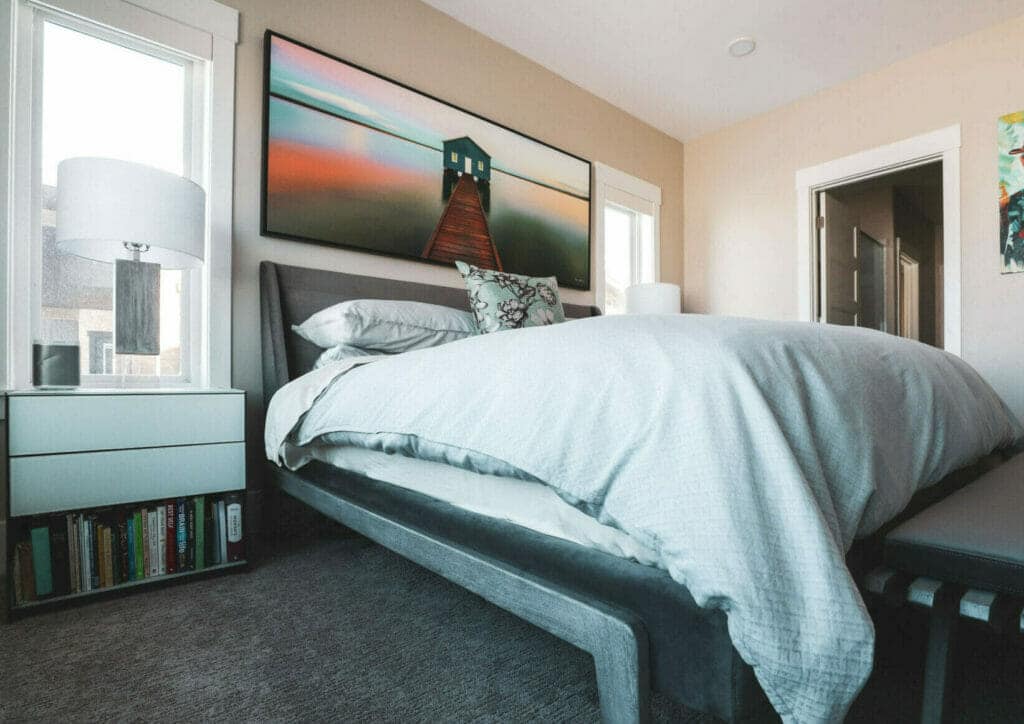 This laid-back interior design style inspired by coastal living is characterized by its incorporation of natural elements, such as jute, rattan, linen fabrics, and natural woods. With a light, airy feel, incorporating mid-century modern into this design style is effortless. Add an oak dining room table with coordinating chairs or a tan mid-century loveseat.
This laid-back interior design style inspired by coastal living is characterized by its incorporation of natural elements, such as jute, rattan, linen fabrics, and natural woods. With a light, airy feel, incorporating mid-century modern into this design style is effortless. Add an oak dining room table with coordinating chairs or a tan mid-century loveseat.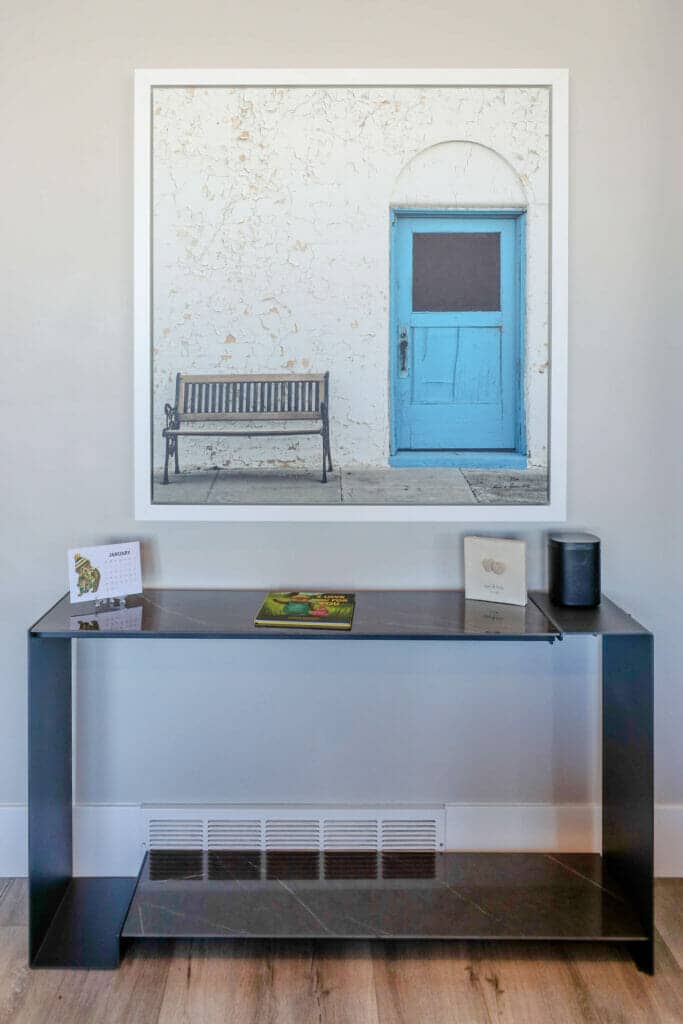 The
The 